3 Likes
5 Comments
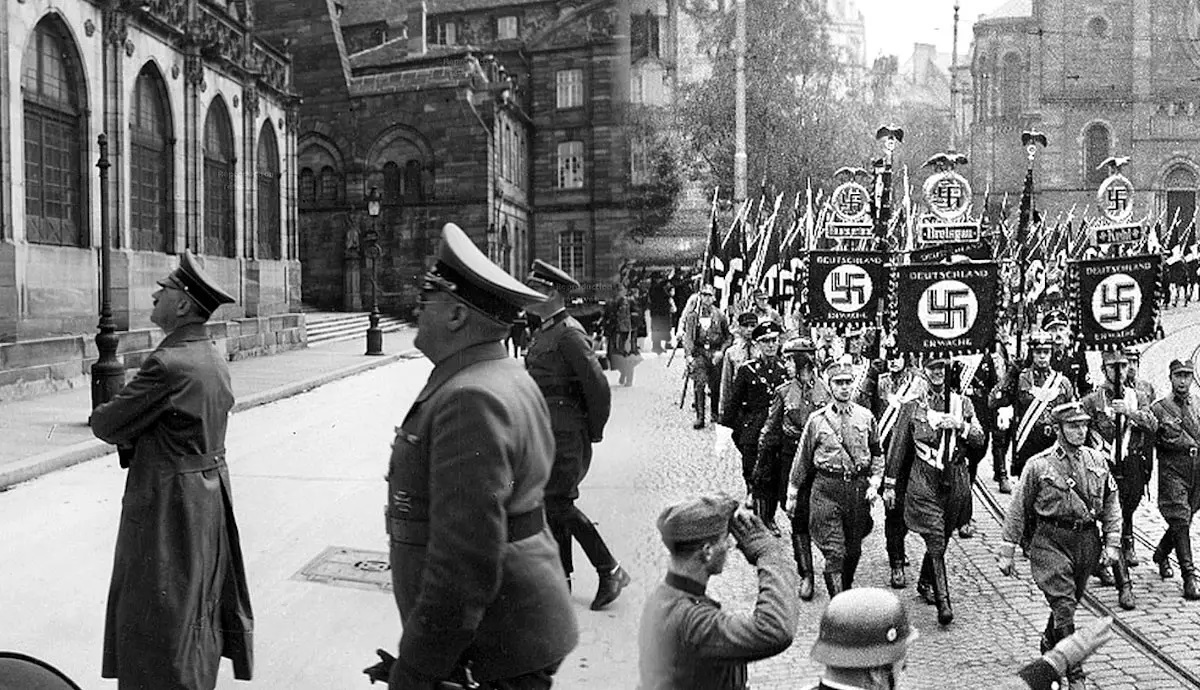
#ww11 #france #nazi #history #photography
WW11. ALSACE, FRANCE
At the end of the Franco-Prussian War in 1871, France was forced to cede the region of Alsace to the German Empire. Then again, after the First World War, Alsace was incorporated into France through the Treaty of Versailles. The region switched hands often throughout history, so it is no wonder that its cultural heritage is unique — not distinctly French nor specifically German — but rather a mix of the two countries it sits between.
- Alsace was a target of the Nazi regime as soon as they looked westward. By 1940, the Third Reich had annexed Poland, Belgium, the Netherlands, Luxembourg, and much of France. Alsace, however, was different. As the rest of France was simply placed under Nazi control, Alsace was incorporated into the Reich and would not again be united with France until 1944.
#music #france #ww11
One of my favorite songs ~ made famous during WW11. Popular in many European counties involved in the war.
Tino Rossi - J’attendrai, 1939
https://www.youtube.com/watch?v=UWKUkuv8KLU
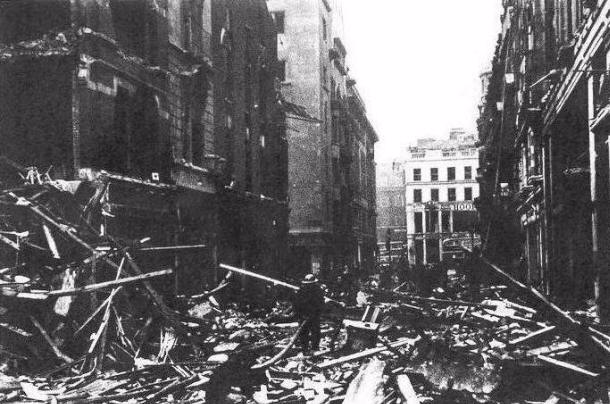
#history #ww11 #bombing #england
WWII Bombing of London, England. 1941
AL BOWLLY KILLED
- On the night of April 16-17, 1941, the Luftwaffe conducted a raid over London. Several hours after midnight, two bombs fell into Jermyn Street, causing extensive damage and killing 23 people. One of the victims, a well-known professional entertainer named Al Bowlly, had declined the offer of overnight lodgings in High Wycombe, Buckinghamshire, after having performed there the previous evening, preferring to catch the last train home. He was in bed reading when the parachute bomb went off outside his apartment building. His bedroom door, blown off its hinges by the force of the explosion, was propelled across the room, hitting him in the face and killing him instantly. He was 42 years old.

#germany #ww11 #jewish #artcollections
The German Center for Cultural Property Losses handed over a crucifix to the lawyer representing the heirs of the German-Jewish entrepreneur Ottmar Strauss (1878-1941).
#jewish #art #ww1
German Center Returns Crucifix to Heirs of Jewish Collector Ottmar Strauss
https://www.artdependence.com/articles/german-center-returns-crucifix-to-heirs-of-jewish-collector-ottmar-strauss/
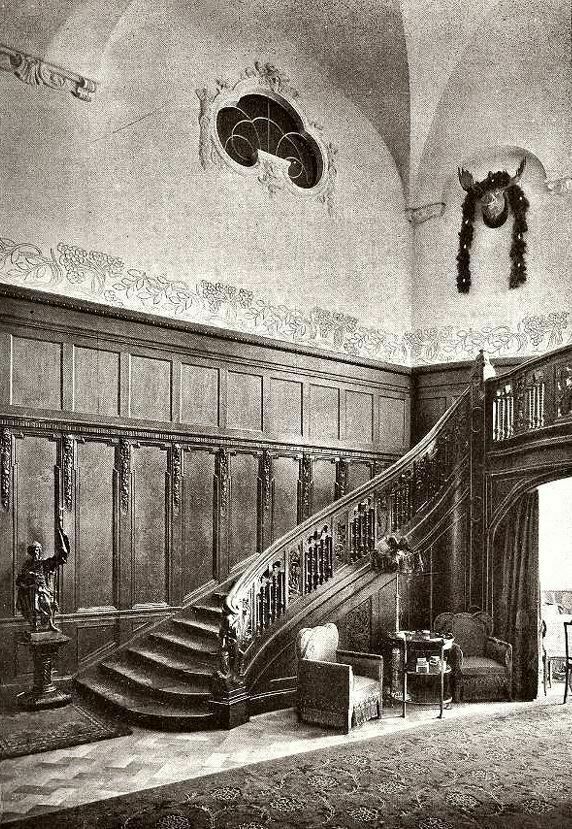
#photography #stairs #germany #architecture #ww11
Villa Stollwerk
Koln, (Cologne) Germany
1903
Architect: Bruno Schmitz
Much is available here. It is all a great treasure of history.
THE ROBERT H. JOHNSON CENTER
The International Military Tribunal at Nuremberg (November 1945-October 1946)
https://www.roberthjackson.org/nuremberg-trial-audio-video-2/
#jews #ww11
UNLIKELY HEREOS
Documentary- Jews. WW11
https://www.youtube.com/results?search_query=uklikely+hereos
#music #ww11
June 27, 2023
SONG OF THE DAY
This is from the soundtrack of The White Rose, Sopfie Scholl film, The Last Days.
Ella Fitzgerald and the Ink Spots - I'm Making Believe
https://www.youtube.com/watch?v=o6NHdl22WFA

#nazi #resistance #ww11
THE WHITE ROSE NAZI RESISTANCE GROUP/ WW11. Germany
Excerpt from their third leaflet:
But the present “state” is the dictatorship of evil. “Oh, we’ve known that for a long time,” I hear you object, “and it isn’t necessary to bring that to our attention again.” But, as I ask you, if you know that, why do you not rouse yourselves, why do you allow these men in power to rob you step by step, both openly and in secret, of one of your rights after another, until one day nothing, nothing at all will be left but a mechanized state system presided over by criminals and drunkards? Is your spirit already so crushed by abuse that you forget it is your right — or rather, your moral duty — to eradicate this system?
But if a man can no longer summon the strength to demand his right, then he will definitely perish. We would deservedly be scattered over the earth like dust in the wind if we do not marshal our powers at this late hour and finally find the courage we have lacked up to now. Do not hide your cowardice behind a cloak of expedience, for with every new day that you hesitate, failing to oppose this offspring of Hell, your guilt, like a parabolic curve, grows higher and higher.
Many, perhaps most, of the readers of these leaflets cannot see clearly how they can mount an effective opposition. They cannot see any avenues open to them. We want to try to show them that everyone is in a position to contribute to the overthrow of this system. Solitary withdrawal, like embittered hermits, cannot prepare the ground for the overthrow of this “government” or bring about the revolution at the earliest possible moment. No, it can only be done through the cooperation of many convinced energetic people — people who agree on the means they must use to attain their goal. We have few choices as to these means. The only one available is passive resistance.
Additionally, these leaflets and commentary are included in the Gestapo Interrogation Transcripts, Volume 5. They were preserved for us because the Gestapo's crime lab used the typewriters they had confiscated to re-type the leaflets and determine which typewriter had been used to create which leaflets.
https://www.white-rose-studies.org/pages/the-leaflets

#germany #ww11
“Having a big ironworks complex right in the town centre made the town a target for Allied bomb raids in the Second World War. In 1945, an air raid destroyed about three quarters of the town centre. Due to that, there are many malfunctioning WW2 bombs that didn’t explode and can be found even today.”
https://en.wikipedia.org/wiki/Neunkirchen,_Saarland

#ww11 #holocaust #jewish #memorials.
STOLPERSTEIN
In front of his old home in Neunkirchen, Germany.
Born: September 16, 1897
Birthplace: Neunkirchen, Lower Austria, Austria
Death: December 13, 1938 (41)
Prittlbach, Dachau District, Bavaria, Germany (Murdered by Nazis )
Place of Burial: Vienna, Austria
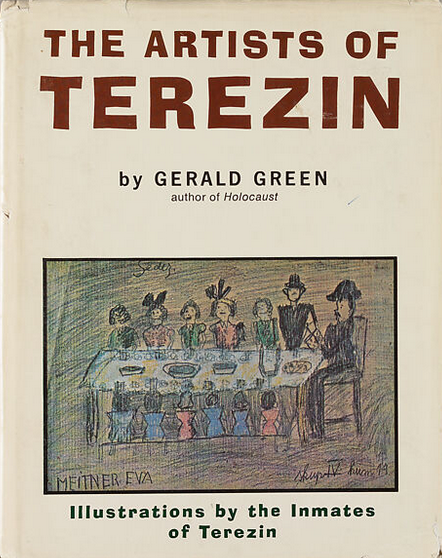
#books #reading #art #ghetto #ww11
June 4, 2023. SUNDAY
I have this book. Publisher: Schocken; First Edition (May 5, 1978)
THE ARTISTS OF TEREZIN
Fine / Near Fine, cream cloth over boards w illustrated cover stamped barbed wire and brown font on spine, 191 pps, 106 pps of illustrations, both color and black and white and reproduced poetry and writings. Unmarked, clean and tight, without writing or marks. Cover likewise. Dust jacket is near fine, not price clipped, showing a bit of shelf wear and age toning, now under protective mylar wrap. "Describes Terezin, or Theresienstadt, a Nazi concentration camp in Czechoslovakia, where a distinctive and remarkable culture flourished in spite and perhaps to spite it all. Artists such as Otto Ungar, Bedrich Fritta, Leo Haas, Karel Fleischmann, doctors and rabbis, children as well as adults, turned to art, poetry and philosophy not merely to record their plight but to reassert their humanity and to fight back with their only weapon - the undying, creative human spirit."
Gerald Green. The Artists of Terezin. The Metropolitan Museum of Art. An Original Copy is owned by the museum.
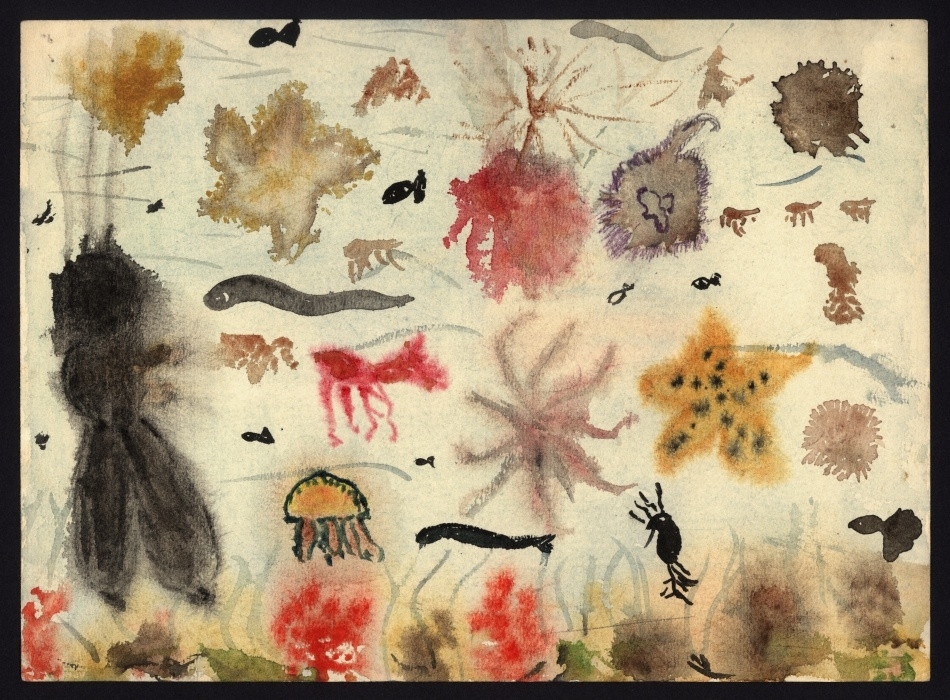
#jewish #children #art #ghetto #ww11
The young artist didn’t survive the Terezin Ghetto in WW11, but her art did.
Children’s Drawings from Terezín. Ruth Gutmannová (13 April 1930 – 6 October 1944): Underwater World
Inv. No. JMP 131.806
- Watercolor on paper, 22 x 30 cm, Signed on the verso: Gutmann Ruth, L 410, Heim 28, 13 Jahre. Provenance: created during the drawing classes in the Terezín Ghetto organized between 1943 and 1944 by the painter and teacher Friedl Dicker-Brandeis (1898–1944); in the Jewish Museum in Prague’s collection since 1945. Acc. No. JMP 131.806
#ww11 #germany #battle
Many relatives in the US Army died in this German forest.
THE HUERTGEN FOREST
"How many soldiers died is not known; there were some 10,000 German and 30,000 American dead in the Huertgen Forest battle area. While the German dead are interred at the local military cemetery, U.S. soldiers cannot be buried on enemy soil. U.S. soldiers found their final resting places at the American Cemeteries in Belgium, or the Netherlands.
In February 1945, when the evacuated inhabitants returned to the Huertgen Forest in the Eifel Mountains after the end of the battle, they were greeted by a picture of horror: The villages were in ruins, the forest full of dead soldiers, and the landscape a desert of mud and wrecked equipment. The terrain was extensively mined, a deadly danger for the people. Until well into the 1950s, many mine-clearing experts and also civilians were killed by accidents involving ammunition.
https://europeremembers.com/destination/war-cemeteries-huertgen-forest-belgium-the-netherlands/
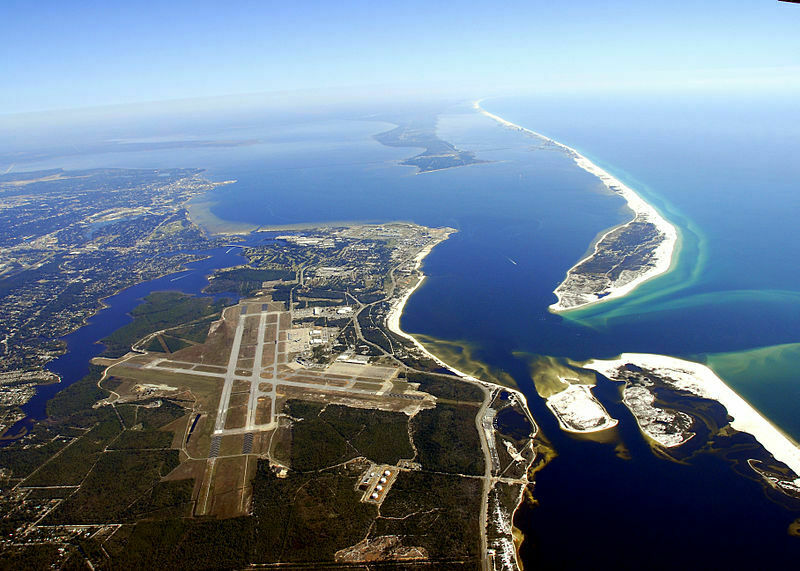

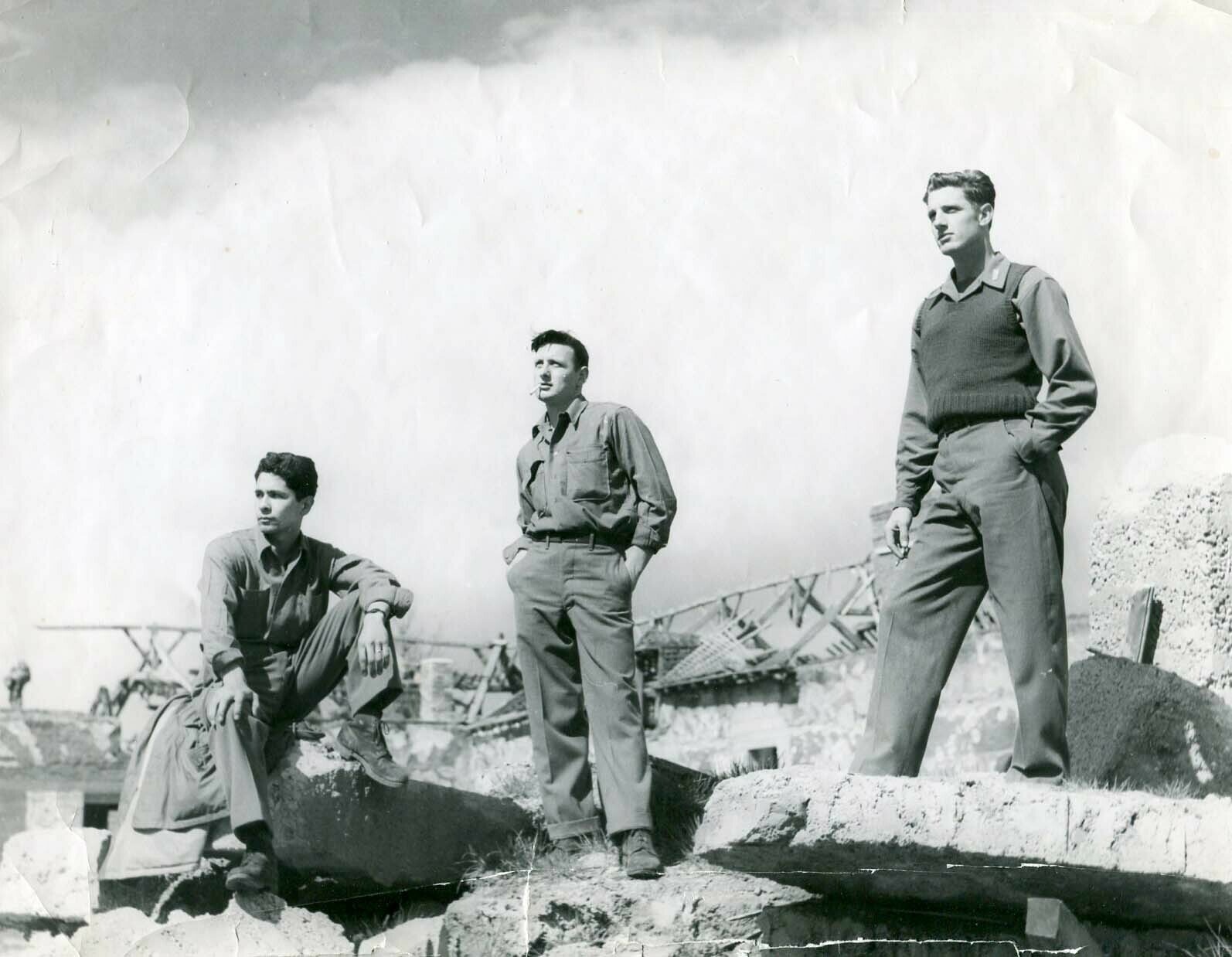

#ww11 #germany #USNavyPilot #flightcrew #pensacola #florida #naval #airstation,
One of my relatives who was in WW11. US Navy Pilot WW11 in Germany.
#germany #ww11 #concentrationcamp @Christian Bredlow 🌿
VOITH SETTLEMENT
Boelcke-Kaserne concentration camp (transl. Boelcke Barracks; also Nordhausen) was a subcamp of the Mittelbau-Dora concentration camp complex where prisoners were left to die after they became unable to work. It was located inside a former Luftwaffe barracks complex in Nordhausen, Thuringia, Germany, adjacent to several pre-existing forced labor camps. During its three-month existence, about 6,000 prisoners passed through the camp and almost 3,000 died there under "indescribable" conditions. More than a thousand prisoners were killed during the bombing of Nordhausen by the Royal Air Force on 3–4 April 1945. Their corpses were found by the US Army units that liberated the camp on 11 April. Photographs and newsreel footage of the camp were reported internationally and made Nordhausen notorious in many parts of the world.
https://liberation.buchenwald.de/en/otd1945/the-liberation-of-the-camps-in-nordhausen